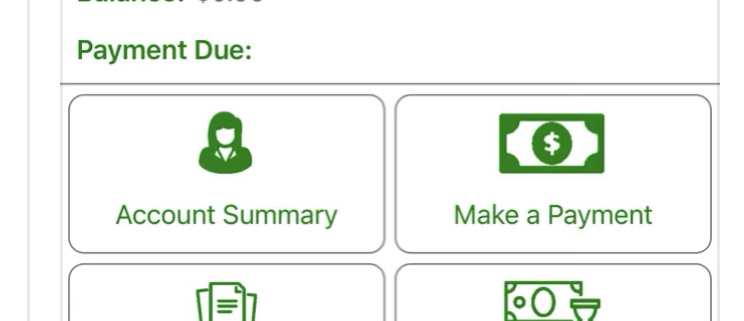United Power Installs New EV Charger
Bridging a 30-mile gap between electric vehicle DC fast-charge stations along I-25, United Power recently installed a new public charging station.
The new ChargePoint station is conveniently located along the northern corridor of I-25 between Thornton and Loveland.
Located at its Carbon Valley service center, this is the third public EV charger installed by the Brighton-based electric co-op. The co-op’s other two stations are located at its Coal Creek office in Golden and a gas station in Keenesburg. United Power’s strategic EV charging locations are helping make EVs more practical for Coloradans and more accessible for people living in rural communities.



